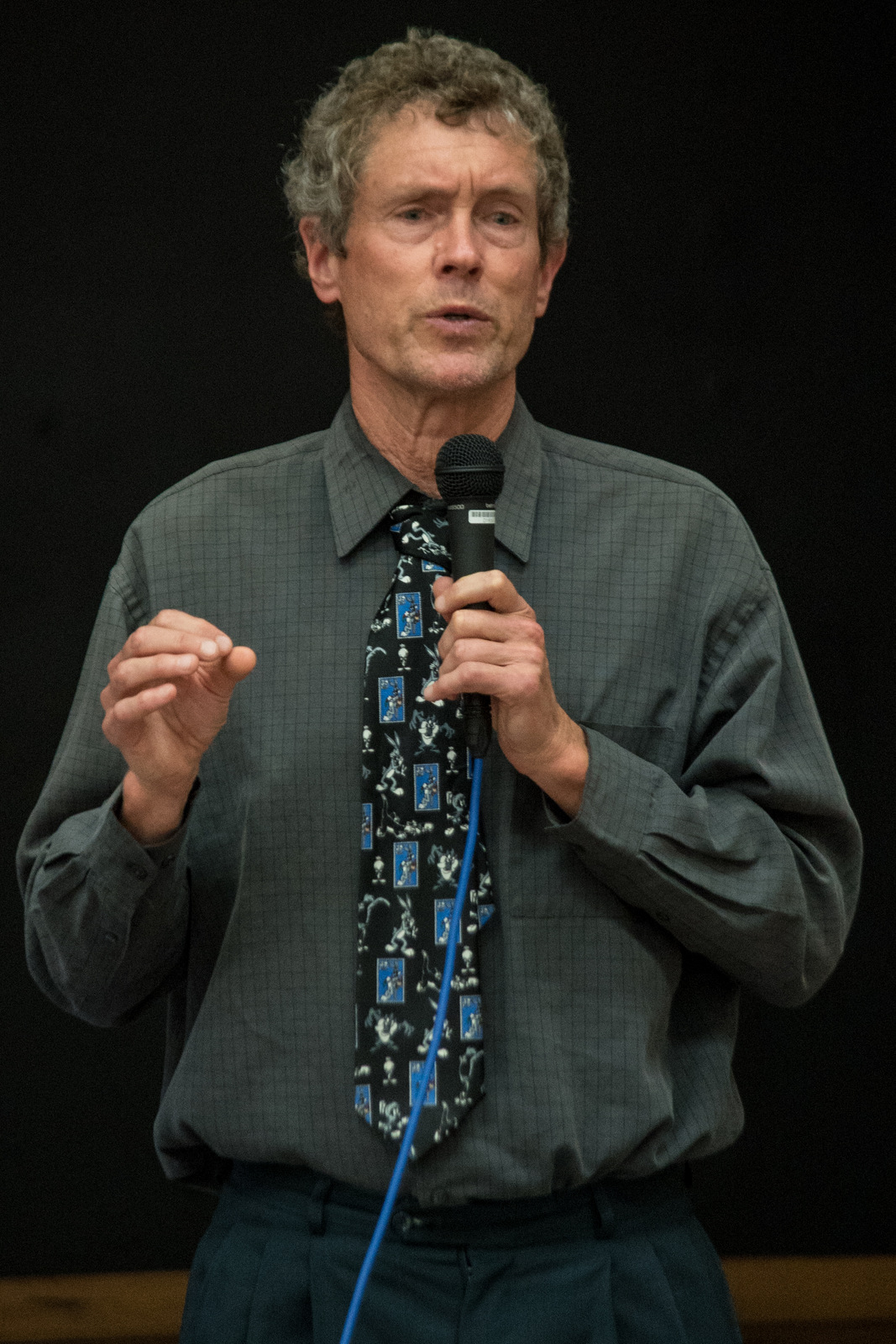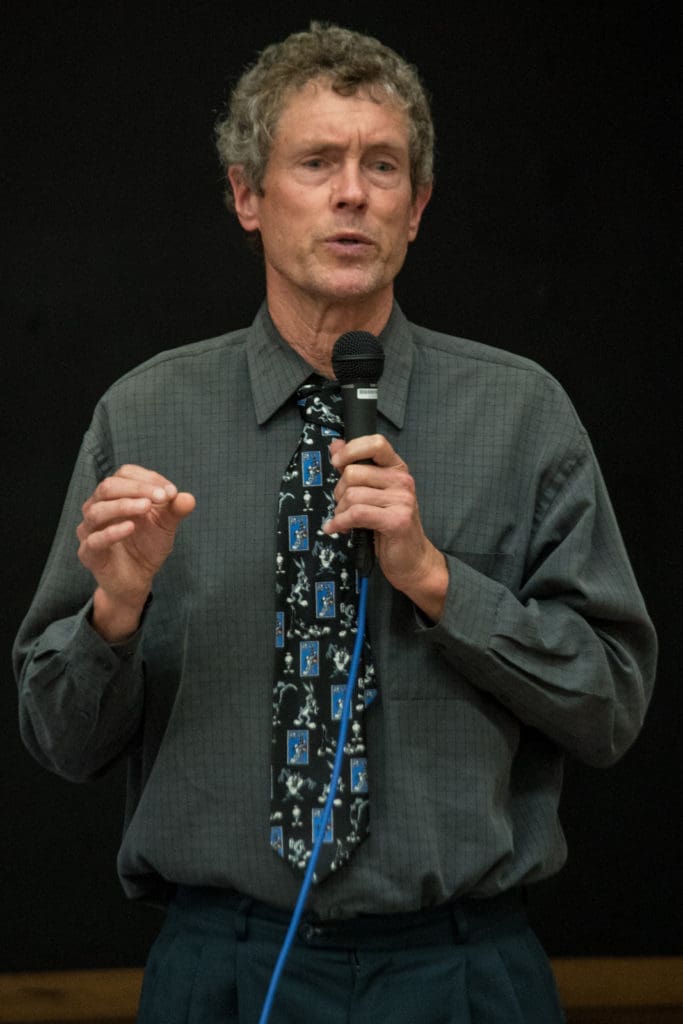
25 Sep Jim Rogers: ‘We Have a Lot of Potential

Interview, Keisa Reynolds
Jim Rogers, 63, served on the Richmond City Council from 2002-14. Previously, he was the vice chair of California Common Cause and served on the board for Californians Against Waste. He is from Ohio and has lived in Richmond for over 30 years.
He spoke with The CC Pulse about decreasing violence, staying on top of environmental concerns, and finding solutions to serve residents and business owners.
The CC Pulse: Why are you running for City Council?
Jim Rogers: When I was on the council, I was very proud of the progressive changes that we made. When I first got on the council, the city was quite different. Our homicide rate was shockingly high. The complaints of police brutality were quite high. They had reduced to a very small fraction of that by 2014. We had an unemployment rate, which was down at a 31-year low when I left the council. I also led the fight about fixing a lot of the potholes. Not all of them are fixed but a lightyear’s improvement. I also led the fight that saved Kennedy, Grant and Olinda schools from closing and triggered a way to do that where the city didn’t pay.
RP: What two issues need immediate attention in Richmond, how will you address them?
JR: We have an obvious concern about crime and need to work to invigorate some solutions. I supported the Office of Neighborhood Safety, which is the non-uniformed people who interact with high-risk youth out on the streets. We have brought inboth more and better police who can effectively do community policing, which is a lot more than just riding around in patrols cars.
We have a number of issues with our youth. We need to reach out to them, just as ONS reaches out to certain high-risk people on the street corners. I think we need to reach out to youth, work with the school district to take advantage of all the schools that are empty after the school day ends. I bring experience as a Richmond councilmember — prior to county supervisor and a community volunteer — to see if we can address some of what’s happening with our youth.
RP: What is your vision for development at Point Molate?
JR: I think Point Molate is a real gem.
We can fix up a lot of the infrastructure, which is badly out-of-date or nonexistent, make it a better place for us to go to the beach or hike. At the same time, take a relatively small amount of the area for development that brings us the jobs, the tax base, that we desperately need.
This is the very long peninsula. It goes on for miles. We’re legally required to have development. It can be nonintrusive development and limited to a fairly small footprint. Then we can take the income we derive from that to make the rest of the area a destination — like fixing up parks, kayak rentals, access programs for inner-city kids who may not get up to the parks a whole lot. I’m trying to have a plan that responds to our need for the open space, the environmental protections and the economic benefits that we need, and what’s required to be delivered as part of our getting the property.
RP: How will you address health disparities in Richmond and the shortage of medical care services in the city?
JR: The elephant in the attic is the Chevron Refinery. I’m proud of my role in fighting our lollygag county inspectors at Chevron Refinery. We made a huge number of safety improvements. In 2014, we negotiated the modernization project and had significant safety improvements. We got rid of decrepit, dangerous tanks, and provided a huge number of blue-collar jobs. We got $90 million for the Richmond Promise Scholarship program and various other important programs.
We need to work on safety improvements with Chevron. We need to be doing it each year, an ongoing concern where we are not just waiting for the big explosion, waiting for the angry residents to storm the city council chambers. We need to be working on it. I have a record of doing that.
RP: How do you imagine Richmond in ten years?
JR: We have a lot of potential, and I look forward to being part of helping the development that preserves and improves our beautiful shoreline, improves access, gives us strategic development and small footprints, to get the jobs and the money that we need. A city that is taking advantage of its assets.
I used to have a small business of about 20-25 employees. As a small businessperson and as an elected official, I can help come up with win-win solutions that let the city move forward and, at the same time, not working with the wrong developers.
I’ve been part that progress in the past. I don’t think you have to choose between jobs and taxpayers-vs-environment. I think that’s a false dichotomy. I think you can have both of them if you can understand the economic, political, and legal issues, really listen to people — both concerned residents and concerned business people. I think I have a track record of doing that.
This article is one of a series of interviews with this year’s City Council candidates. The interview has been edited for length and clarity.






No Comments